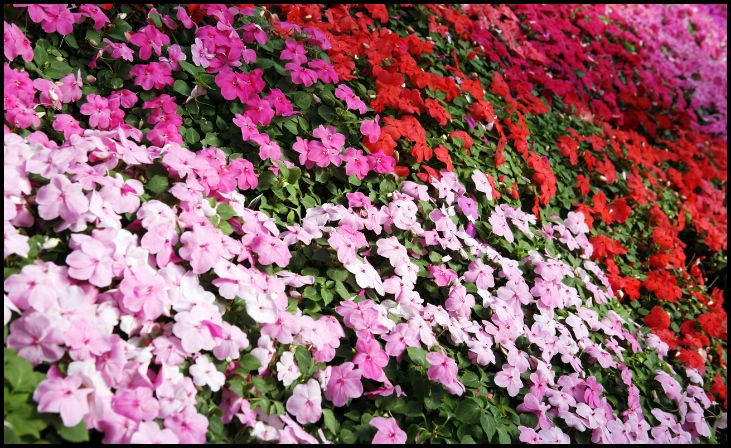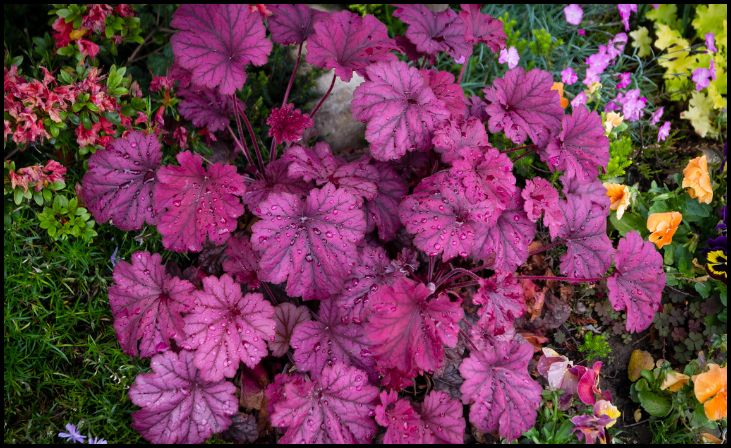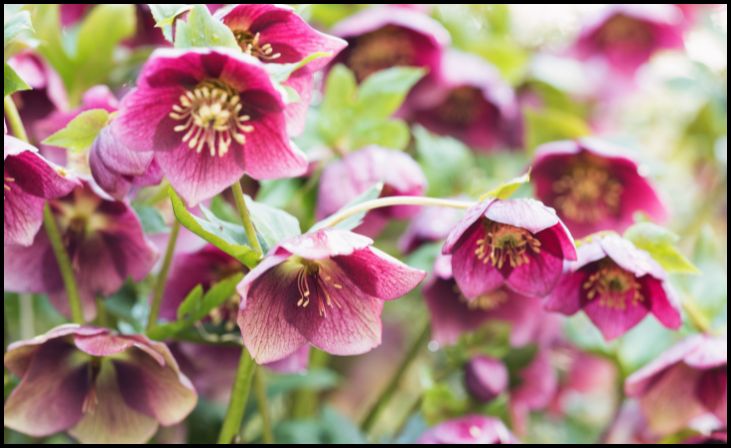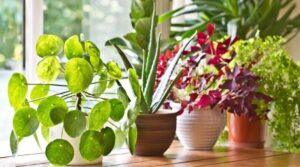Gardening in shady areas can be a bit tricky, but it’s also an opportunity to create a cool, lush retreat filled with unique and beautiful plants. Shade plants thrive where other plants might struggle, adding texture, color, and depth to your garden. Whether you have full shade or partial shade, there are plenty of stunning plants to choose from. Let’s explore the best shade plants to beautify your garden.
Hosta

Hostas are a classic choice for shade gardens. These perennials come in a variety of sizes, shapes, and colors, making them a versatile option for any garden. Hostas are known for their large, lush leaves that can be variegated, blue, green, or even yellow. They thrive in rich, well-drained soil and prefer partial to full shade. Hostas prefer moist, well-drained soil and thrive in partial to full shade. They are relatively low-maintenance, making them perfect for both novice and experienced gardeners. Hostas add significant texture and visual interest to shady borders, creating a lush, tropical feel. They also pair well with other shade-loving plants.
Ferns

Ferns bring a touch of elegance and whimsy to shade gardens. With their feathery fronds, ferns can create a soft, layered look. There are many varieties of ferns that thrive in shade, including the Maidenhair, Boston, and Japanese Painted Fern. Ferns prefer moist, well-drained soil and do well in partial to full shade. They require regular watering to keep the soil consistently moist. Ferns are excellent for adding a delicate, airy feel to your garden. Their varied textures can break up the monotony of solid-leaf plants, providing a beautiful contrast.
Begonia

Begonias are beloved for their vibrant flowers and attractive foliage. These plants come in a wide variety of types, including tuberous, rex, and wax begonias, some of which prefer shade or partial shade. While begonias can tolerate some sun, they often perform best in shady or partially shaded areas where they are protected from intense afternoon sun. Begonias offer a rainbow of flower colors, and some varieties have strikingly patterned leaves. They are perfect for adding pops of color to shady spots in your garden.
Impatiens

Impatiens are a go-to annual for shady gardens, known for their ability to bloom profusely all summer long. They come in a wide range of colors, from vibrant reds and oranges to pastel pinks and whites. Impatiens thrive in moist, well-drained soil and prefer partial to full shade. They are relatively low-maintenance but do require regular watering to keep the soil moist. These plants are perfect for adding bright, cheerful color to the shadier parts of your garden. They work well in borders, containers, and hanging baskets.
Coralbells (Heuchera)

Coralbells, or Heuchera, are prized for their stunning foliage, which comes in an array of colors including green, purple, red, and silver. They also produce delicate flower spikes in the spring and summer. The foliage of coralbells can range from deep burgundy to lime green, offering a vibrant palette for your shade garden. While coralbells are primarily grown for their foliage, their small, bell-shaped flowers add an extra layer of interest. They do best in well-drained soil and can thrive in partial shade. Coralbells are excellent for borders, containers, and as ground cover.
Astilbe

Astilbes are known for their tall, feathery plumes of flowers that bloom in mid to late summer. These perennials prefer moist soil and partial shade, making them ideal for shaded garden beds. Astilbe flowers come in shades of pink, red, white, and purple. Their feathery blooms add a soft, fluffy texture to the garden. They thrive in moist, well-drained soil and need partial to full shade. Consistent moisture is key to keeping them healthy. Astilbes are perfect for adding vertical interest and texture to your garden. Their tall plumes can create a striking contrast against broader-leaf plants.
Bleeding Heart (Dicentra Spectabilis)

The bleeding heart is a charming, old-fashioned favorite that produces heart-shaped pink or white flowers dangling from arching stems. It’s a beautiful addition to any shady border. Bleeding hearts are known for their unique, heart-shaped flowers and fern-like foliage. They bloom in late spring to early summer. These plants prefer rich, well-drained soil and partial to full shade. They appreciate consistent moisture, especially during their blooming period. Bleeding hearts add a whimsical touch to the garden and are a great choice for spring interest. After flowering, their foliage can provide texture and greenery through the summer.
Hellebores

Hellebores, also known as Lenten roses, are winter-blooming perennials that bring color to the garden when little else is in bloom. They produce beautiful flowers in shades of white, pink, purple, and green. Hellebores are some of the earliest bloomers in the garden, often flowering in late winter to early spring. They come in a wide range of colors and forms, including double-flowered and speckled varieties. Hellebores thrive in rich, well-drained soil and prefer partial to full shade. They are relatively low-maintenance and can naturalize over time, forming lovely clumps.
Tips for Planting and Maintaining Shade Gardens
Creating a beautiful shade garden requires some planning and care. Here are some tips to help you succeed: Amend the soil with organic matter to improve drainage and fertility. Shade plants often prefer rich, loamy soil. Shade gardens can dry out more slowly than sunnier spots, but it’s still important to keep the soil consistently moist. Regular watering is essential, especially during dry spells. Apply a balanced, slow-release fertilizer in the spring to provide nutrients throughout the growing season. Mulch helps retain moisture and suppress weeds.
Common Issues with Shade Plants
Shade plants can be susceptible to pests like slugs and diseases such as powdery mildew. Regular monitoring and prompt treatment can help keep these issues at bay. Use natural pest control methods, such as introducing beneficial insects, and ensure good air circulation to prevent fungal diseases.
Companion Plants for Shade Gardens
Pairing shade plants with suitable companions can create a balanced and aesthetically pleasing garden. Hostas and ferns work well together, as do coralbells and astilbes. Consider foliage contrast and bloom times when selecting companion plants. Use a mix of textures and heights to create depth and interest. Layer plants with different foliage types and heights to create a visually appealing landscape.




